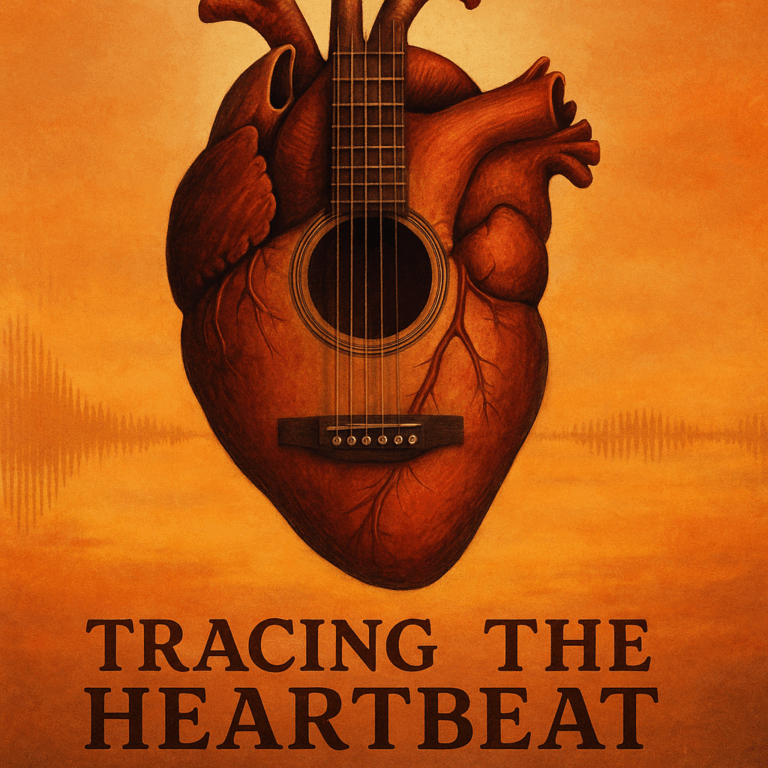The Roots and Reverberations of Contemporary Country Music
In the sprawling tapestry of American music, few genres evoke the visceral, heartfelt connection that contemporary country music commands. Rooted deeply in the rural traditions of the American South yet flowing freely into the urban pulse of modern life, contemporary country stands as a vivid testament to the evolving story of country music—a genre that has long been the voice of everyday joys, sorrows, and enduring hopes.
Historical Context: From Fiddles to FM Waves
To understand contemporary country music, one must first trace the bloodline that courses through its melodies. Country music’s genesis lies in the Appalachian Mountains during the early 20th century, where immigrant ballads mingled with African American blues and gospel. This melding birthed a sound defined by acoustic instruments—fiddles, banjos, and steel guitars—that carried tales of heartache and hard work. By mid-century, country music had solidified its place in American music through pioneers like Hank Williams and Patsy Cline, who infused the traditional forms with new storytelling depth and emotional gravity.
The late 20th century witnessed a significant transformation. As radio waves pulsated with rock and pop, country music responded by blending its roots with contemporary elements, birthing what we now call contemporary country music. Artists began incorporating electric guitars, polished studio production, and broader lyrical themes. This evolution was not merely stylistic; it was a cultural reflection of America’s shifting landscape—bridging rural authenticity with mainstream appeal.
Genre Description: A Storyteller’s Bridge Between Past and Present

Contemporary country music is a genre alive with the echoes of its ancestors, yet it steps boldly into new territories. This music remains steeped in storytelling, often narrating intimate portraits of love, loss, family, and the landscapes that shape these experiences. But unlike the more traditional country songs, the contemporary sound frequently incorporates pop sensibilities—catchy hooks, layered harmonies, and dynamic rhythms—making it accessible to a broader audience.
Instrumentation reflects this blend: while the twang of the pedal steel guitar and fiddle still softly hum beneath the surface, electric guitars, drum beats, and synthesizers often broaden the sonic palette. The production quality is sleek, enabling crisp vocal delivery that highlights the raw emotion coursing through the lyrics. Themes have also expanded, embracing youthful celebration as well as introspective reflections, thus appealing both to longstanding country fans and newer listeners drawn to its relatability.
Key Artists: Voices That Illuminate the Genre
No exploration of contemporary country music would be complete without tipping a hat to the trailblazers and chart-toppers who have shaped its sound and spirit. In the late 1990s and early 2000s, artists like Shania Twain and Tim McGraw stretched the boundaries of country music, incorporating pop crossover appeal without sacrificing narrative depth. Twain’s album *Come On Over* remains one of the highest-selling albums of all time, fusing catchy hooks with country heart.
Carrie Underwood’s meteoric rise from *American Idol* highlighted contemporary country’s ability to resonate through powerful vocals and engaging storytelling. Her blend of traditional themes with modern production brought country music into the homes of countless new fans. Meanwhile, artists like Keith Urban and Kelsea Ballerini showcase the genre’s musical versatility, weaving rock and pop influences seamlessly into their country roots.
More recently, Luke Combs has emerged as a powerhouse, his rich baritone and relatable lyrics echoing the spirit of country’s storytelling tradition while embracing modern sounds. His albums, including *What You See Is What You Get*, have resonated deeply, reminding us that contemporary country music continues to be a living, breathing narrative of American life.
Notable Songs and Albums: Soundtracks of the Soul
Certain songs have become milestones in contemporary country, each carving unique emotional landscapes. Shania Twain’s “You’re Still the One” dances between vulnerability and hope, emblematic of the genre’s lyrical beginnings with a modern twist. Carrie Underwood’s “Before He Cheats” offers a potent blend of narrative revenge and empowered emotion, her storytelling grip unmistakable.
Luke Combs’s “Beautiful Crazy” captures the tender messiness of love with a refreshingly sincere voice, resonating across generations of country music lovers. Albums like Twain’s *Come On Over*, Underwood’s *Some Hearts*, and Combs’s *What You See Is What You Get* are more than collections of songs; they are heartfelt conversations woven through melody and verse, each inviting listeners to walk a mile in the shoes of life’s triumphs and trials.
Lasting Effects: Contemporary Country’s Enduring Legacy
Contemporary country music stands as a bridge—connecting the deeply personal, often raw essence of traditional country to the evolving landscape of American music. Its impact reaches beyond radio charts and awards; it pulses through festivals, storytelling sessions on front porches, and the hearts of those who find solace in a melodic expression of life’s truths.
By embracing modernization while honoring tradition, contemporary country has rejuvenated the genre’s relevance, ensuring it remains a cornerstone of American music culture. It has opened doors wider, welcoming diverse voices and songwriters who bring fresh perspectives while upholding the genre’s integrity. This balance between innovation and heritage is why contemporary country continues to thrive, inviting us all to listen, feel, and connect.
In the quiet strum of an acoustic guitar or the soaring crescendo of a pedal steel, contemporary country music carries the amplifying truth that while life changes, the stories that ground us endure. It is a genre not just heard but lived, a narrative of the American spirit told one heartfelt song at a time.